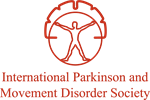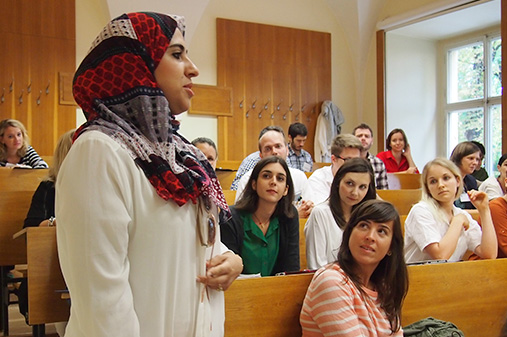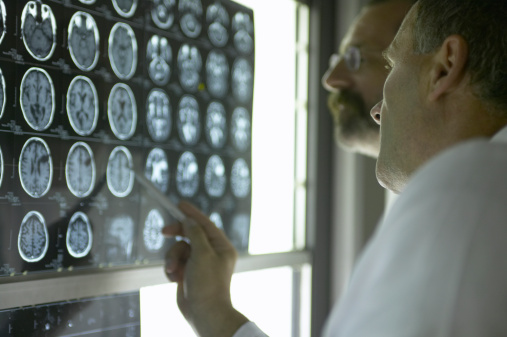News Release: High Intensity Interval Training May Elevate Serum BDNF Levels in Parkinson’s Disease

EMBARGOED until Tuesday, September 24, 2019
Media Contact: Elizabeth Clausen, +1 414-276-2145, eclausen@movementdisorders.org
High Intensity Interval Training May Elevate Serum BDNF Levels in Parkinson’s Disease Patients
NICE, FRANCE – High Intensity Interval Training (HIIT) may elevate serum BDNF levels in idiopathic Parkinson’s disease correlating with improvement in patient quality of life, according to a study released today at the International Congress of Parkinson’s Disease and Movement Disorders®.
It is widely known that exercise can have significant symptomatic benefits for patients with Parkinson’s disease (PD), but less is known in regard to effects at a neurochemical level. Led by Paulina Malczynska and a team of researchers in Warsaw, Poland, the study sought to determine whether HIIT would enhance serum brain-derived neurotrophic factor (BDNF) levels in patients with idiopathic Parkinson’s disease.
Thirty-two patients diagnosed with idiopathic Parkinson’s disease (iPD) were enrolled in the study, 16 of which underwent 12 weeks of HIIT, while the other 16 age-matched participants served as the control. Patient examinations and blood collection for concentration of BDNF and expression of miRNA were collected before and after the 12 weeks. Upon completion of the HIIT training process, patients had decreased Hoehn and Yahr scale scores and increased neuroplasticity. Results showed increased BDNF levels and stimulated expression of miRNA involved in BDNF expression.
Deborah Hall, Director of the Movement Disorders Program at Rush University Medical Center states, “This is a very interesting study that shows what is happening at a physiological level when patients with PD exercise. It is well established that exercise can be beneficial in PD and other neurodegenerative disorders for a variety of symptoms, clinical signs, and patient reported outcomes. What are less established are the physiologic changes at the neuronal or neurochemical level. This is because it is very challenging to measure these types of changes in a human, without directly examining brain tissue or brain chemistry which requires brain biopsy or invasive procedures. BDNF is known to increase with exercise and the changes seen in BDNF miRNA are a second layer of confirmation that BDNF is associated with clinical improvement in PD exercisers.”
Though the study was small, it may lead the way toward future research and impact on treatment for PD at a therapeutic level. Hall adds, “Although neurologists are frequently asking their patients with PD to exercise, not all patients are able or willing to do so, especially at levels used in many of the aerobic studies. By understanding what happens on a cellular or chemical level in these PD exercisers who improve clinically, we may be able to provide an intervention or therapeutic that can lead to the same benefits as exercise without the work of exercising.”
About the International Congress of Parkinson's Disease and Movement Disorders®: Meeting attendees gather to learn the latest research findings and state-of-the-art treatment options in Movement Disorders, including Parkinson's disease. Over 5,100 physicians and medical professionals from more than 95 countries will be in attendance to view 2, 200 scientific abstracts submitted by clinicians from around the world.
About the International Parkinson and Movement Disorder Society:
The International Parkinson and Movement Disorder Society (MDS), an international society of over 8,500 clinicians, scientists, and other healthcare professionals, is dedicated to improving patient care through education and research. For more information about MDS, visit www.movementdisorders.org.






